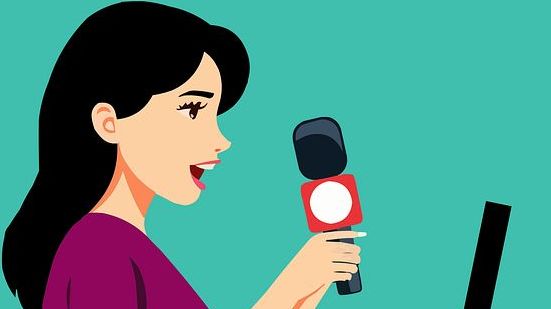Oral history is a powerful tool for democratizing history. It empowers everyone to participate in the recording and sharing of history making it more accessible to all. By giving voice to the experiences of people who have been marginalized or underrepresented in traditional historical narratives, oral history can help us to better understand the past and its impact on the present.
There are many ways to use oral history to make history more accessible. Here are a few ideas:
- Transcribe and archive oral history interviews. This makes them more accessible to people who are deaf or hard of hearing, as well as to people who prefer to read rather than listen.
- Create online exhibits and resources. This allows people to explore oral history interviews at their own pace and in their own time.
- Develop educational materials for schools and other institutions. This can help to introduce students of all ages to oral history and its importance.
- Partner with community organizations. This can help to ensure that oral history projects are responsive to the needs and interests of the communities they serve.
Here are some specific examples of how oral history has been used to make history more accessible:
The Civil Rights History Project has collected and archived over 1,700 oral history interviews with people who participated in the Civil Rights Movement. These interviews are available online and in public libraries across the country.
The Oral History Association: The Oral History Association is a professional organization for oral historians. The association’s website provides resources for oral historians, including a directory of oral history collections and a list of online oral history resources.
The StoryCorps is a national nonprofit organization that records and shares the stories of people from all walks of life. StoryCorps interviews are available online and on public radio stations.
The National Park Service uses oral history to interpret and preserve the stories of the people who have lived and worked in national parks. Oral history interviews are featured in exhibits, ranger programs, and educational materials.
The American Folklife Center: The American Folklife Center is a part of the Library of Congress that collects and preserves the folk traditions of the United States. The center’s website provides access to a searchable database of its oral history collections, as well as transcripts and audio recordings of many of its interviews.
The National Museum of African American History and Culture uses oral history to tell the stories of African Americans throughout American history. Oral history interviews are featured in exhibits, films, and educational programs.
Universities as well have made oral histories more accessible
Baylor University: Baylor University’s Institute for Oral History has collected and preserved over 4,000 oral history interviews since 1973. The institute’s website provides access to a searchable database of all of its interviews, as well as transcripts and audio recordings of many of them.
Columbia University: Columbia University’s Oral History Research Office has collected over 100,000 oral history interviews since 1948. The office’s website provides access to a searchable database of all of its interviews, as well as transcripts and audio recordings of many of them.
Cornell University: Cornell University’s Kheel Center for Labor-Management Documentation and Archives has collected over 10,000 oral history interviews with labor leaders, workers, and other participants in the American labor movement. The center’s website provides access to a searchable database of all of its interviews, as well as transcripts and audio recordings of many of them.
Oregon State University: Oregon State University’s Special Collections and Archives Research Center (SCARC) is home to one of the more active oral history programs administered by any archive on the West Coast. SCARC has collected over 2,400 oral history interviews, and its website provides access to a searchable database of all of its interviews, as well as transcripts and audio recordings of many of them.
University of California, Berkeley: The University of California, Berkeley’s Bancroft Library has been collecting oral histories since the 1940s. The library’s website provides access to a searchable database of all of its oral history interviews, as well as transcripts and audio recordings of many of them.
These are just a few examples of how oral history can be used to make history more accessible. There are many other possibilities, and the best approach will vary depending on the specific project or goal.
Here are some tips for using oral history to make history more accessible:
Make sure your oral history project is inclusive. Strive to collect interviews with people from a variety of backgrounds and perspectives.
Be mindful of the ethical considerations involved in oral history research. Obtain informed consent from your interviewees and respect their privacy.
Make your oral history interviews accessible to a wide range of audiences. Transcribe and archive your interviews, and consider creating online exhibits and educational materials.
Partner with community organizations to ensure that your oral history project is responsive to the needs and interests of the communities it serves.
I do hope this blog post was helpful. Check out our upcoming blog post on How to Use Oral History for Social Change and remember to always be kind, stay positive and learn to unwind.
